Self Sufficiency
How To Collect And Store Water For Survival And Off Grid Living
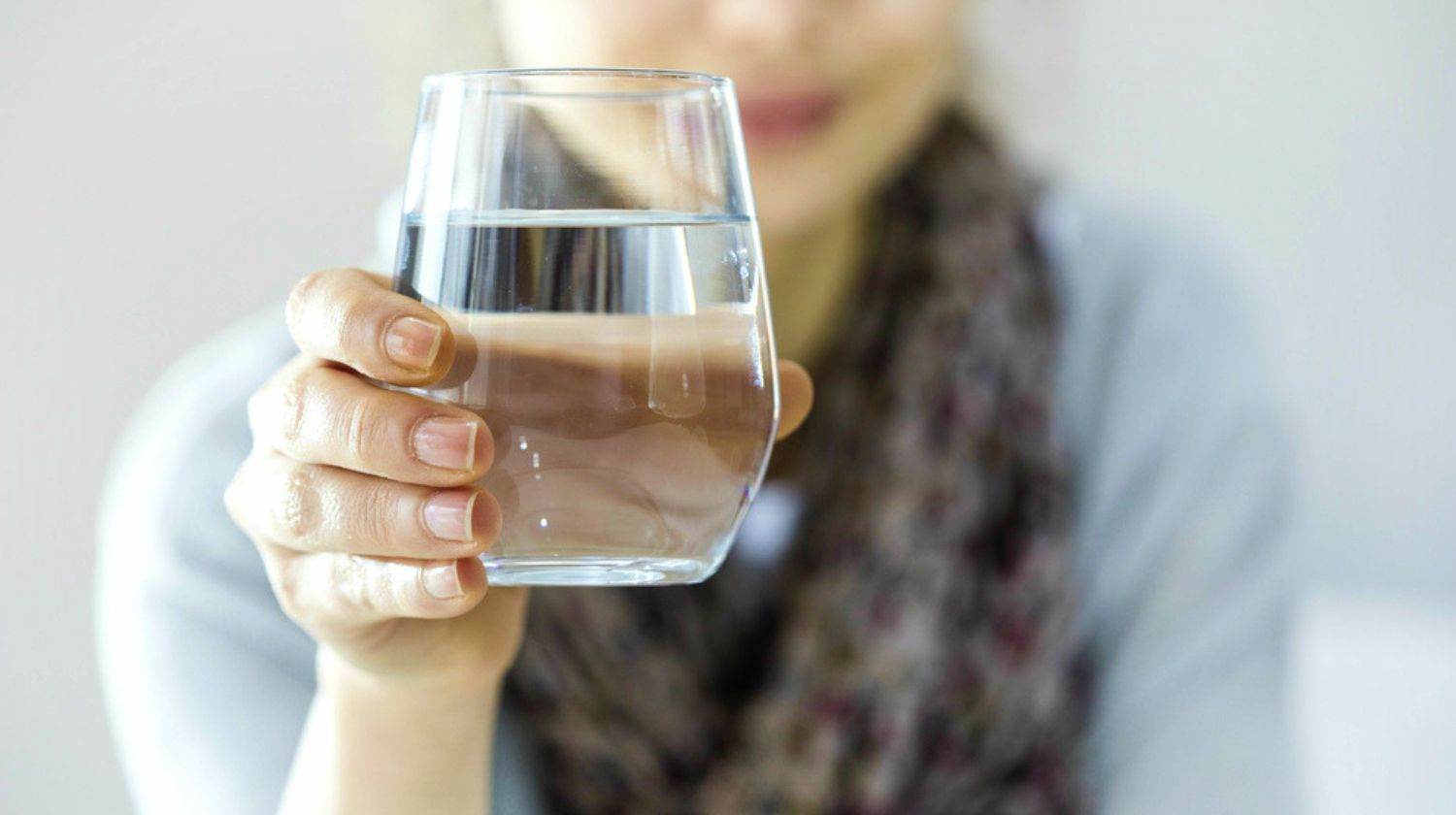
Collect and store water with these tips, ideas, and general knowledge so you are always prepared!
RELATED: 25 Ways To Get Clean Drinking Water In An Emergency
Learn to Collect and Store Water Before SHTF
Understanding One of the Fundamental Basics of Survival
Water is the most basic element of life and survival. When a disaster occurs and you find yourself without access to water, you will not survive for long.
There truly is nothing more important to your survival. So how do you prepare for such an event?
How do you make sure that you have enough water to survive if a disaster occurs and cuts off access to your water source?
Storing large quantities of water can be challenging. And many people — even seasoned preppers — can’t store enough to last them very long in case SHTF.
Tips to Collect and Store Water
Prepping expert Gaye Levy from backdoorsurvival.com has some great tips on storing water in the case of an emergency. It also includes finding water when bugging out or other situations where water isn’t readily available.
Read her tips below, and be sure to check out her website for more great prepping survival information.
During a recent book giveaway, the question asked was “What piece of prepping gear is at the top of your bucket list?”
Needless to say, I was more than a little bit surprised to find the top response was water storage, water filters, and water purification equipment.
While having the gear is nice, anyone interested in preparedness also needs to understand the basics of water storage. Where to find, store, purify, and filter water are all questions you need to ask.
And why do I know that? A couple of months ago I was personally without running water for 12 days. Being up to speed on the do’s and don’ts of water were key to my getting by just fine during this period.
With that in mind, today I share an article about drinking and utility water and its essence as a survival basic.
Back to the Basics: Water for Survival
When I first started Backdoor Survival, my focus was on gathering the basics: food, water, shelter, and fire. Of course, along the way, I learned more of these essentials to long term survival.
Things that come to mind are clean air, clothing, first aid, self-defense, signaling, and a community with others. But today I want to keep things simple.
For the benefit of my newer readers, go back the basics and review the essentials of water for survival.
RELATED: This Portable, Palm Sized Filter Is Safe, Simple, Easy To Use, And Provides 1000 Liters Of Clean Water From Almost Any Source
Water Is the Most Important Survival Basic
Clean water is something we all take for granted. We turn on the faucet and there it is–plentiful, clean, drinkable.
Yes, it may have some undesirable chemical additions such as fluorides. But, for the most part, having clean, drinkable water is something we rely upon.
The bottom line is that if a disaster occurs and the supply lines to freshwater breaks, that’s a pickle. There is a possibility safe water won’t be available for days and possibly not for weeks.
The rule of thumb propagated by FEMA and just about every other authority out there is you store at least one gallon of water per person and pet, per day, for a minimum of three days. But if you think that a three-day water supply is adequate, think again.
A more reasonable recommendation is you up the recommended amount of stored water to a two week supply. So for two people that would be 2 people x 1-gallon x 14 days = 28 gallons.
This amount should cover your minimal needs for drinking, food preparation and nominal, and I mean nominal, hygiene.
DIY Water Storage
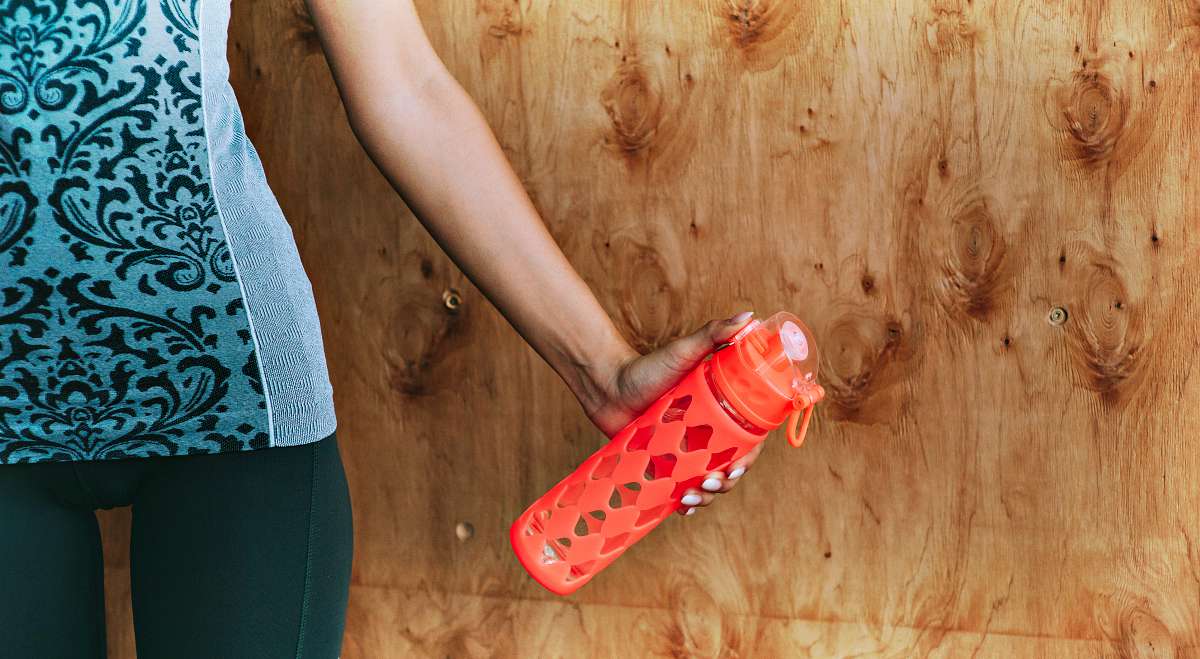
Storing water for an emergency can be as simple as filling well-washed plastic or glass containers with tap water, then seal tightly. This is something anyone can do without expense so long as few simple rules are followed.
Here are the steps to can take to store water for emergency use:
1. Thoroughly clean your plastic bottle and jugs with dishwashing soap and water. Next, rinse well so there is no residual soap.
2. Sanitize your bottles by adding a solution of one teaspoon of unscented liquid household chlorine bleach to a quart of water. Swish the sanitizing solution in the containers so it touches all interior surfaces.
Don’t forget to sanitize the lids and caps as well. After sanitizing the containers and caps, rinse out the bleach solution with clean water.
Note: Bleach has an effective shelf-life of one year. Make sure that the bleach you are using is fresh.
3. Fill the sanitized containers to the top with regular tap water. Add two drops of non-scented liquid household chlorine bleach to the water. Then, close the containers tight using the original caps.
It is probably a good idea to use some latex or nitrile gloves at this point. This is so you maintain the sanitation and not contaminate the caps by touching the inside with your fingers.
4. Note the date it was collected the outside with a permanent marker such as a Sharpie.
5. Store in a cool, dark place.
6. As a precaution, rotate in six months to a year. Dump the water, re-sanitize the jugs, and start all over.
Or, if you have space, mark the jugs as “non-potable” and save the water for non-drinking emergency purposes.
Personally, I think it would be a good idea to put up a few jugs at the first of each month. Do this for six months and you will build up a nice, rotating stock.
Tips and Ideas for DIY Water Storage
Plastic soda bottles or juice jugs work well for DIY water storage. On the other hand, milk jugs should not be used for water storage.
Milk and protein sugars are difficult to remove and will compromise the stored water because they create an environment for bacteria growth. In addition, milk jugs are flimsy and will not hold up, even for a short period of time.
Ditto cardboard. The cardboard will eventually leak and make a big mess. Glass is okay, but take note, glass is heavy and subject to breakage.
Water stored as described above will be good for at least six months to a year and possibly longer.
Let me be clear: you rotate water not because it has an “expiration date”. That’s because it may become contaminated and turn foul. Why take a chance?
Technically, if the water is stored in a cool, dark area and away from chemical and toxic fumes, it should last forever.
If the cleanliness of the water is in question, it can be purified with purification tablets or fresh bleach. A filtering system such as the Berkey or LifeStraw is also a good idea, among others.
If you have space and the budget, you can also purchase food-grade plastic containers and drums designed for water storage or a rain barrel system.
These containers may hold up to 55 gallons of water. With the addition of proper purification chemicals, it will keep the water safe for up to five years.
I personally have a 55-gallon water storage system. It was easy to set up and it came outfitted as a complete kit.
It has all of the various tools and siphons I will need if/when an emergency situation occurs.
Another alternative, of course, is bottled water. The same rule applies: store in a cool, dark area and periodically rotate just to be on the safe side.
RELATED: Emergency Water Part 2: Purification
Hidden Sources of Water
In addition to tap water, there are other hidden sources of water you can use when a disaster occurs.
These sources include the water in your hot water heater and pipes. Even the ice cubes from the icemaker in your refrigerator or freezer will do.
Before tapping into these sources, however, you will first need to shut off the main valve coming into your home. This is so you do not contaminate the ”good” water with the “bad”.
Here are some specific instructions for using the water in your hot water tank:
- Turn off the electricity or gas.
- Open the drain at the bottom of the tank.
- Start the water flowing by turning off the water intake valve at the tank and turning on a hot-water faucet.
- And don’t forget: be sure to refill the tank before turning the gas or electricity back on.
Outdoor Sources of Water
Barring the use of stored water or the hidden water sources in your home, there is always the outdoors. Water may be available from rainwater, streams, ponds, lakes, and natural streams.
Absolutely stay away from flood water since it is likely to contain sewage and other nasties you do not even want to think about.
When using outdoor sources of water, you are going to have to undertake purification measures to make it safe. There are many ways to purify water, some better than others and some easier than others.
[VIDEO]: The World’s Most Compact, Effective, And Efficient Water Filter
Water Purification
1. Fresh Bleach
For ad hoc water purification, nothing beats plain old bleach as long as it is fresh (no more than a year old) and unscented.
According to the Clorox website: When boiling off water for one minute is not possible in an emergency situation, you can disinfect your drinking water with Clorox® Regular-Bleach as follows:
- Remove suspended particles by filtering or letting particles settle to the bottom
- Pour off clear water into a clean container
- Add 8 drops of Clorox® Regular-Bleach (not scented or Clorox® Plus® bleaches) to one gallon of water (2 drops to 1 quart). For cloudy water, use 16 drops per gallon of water (4 drops to 1 quart)
2. Boiling Water
Boiling water is considered the safest method of purifying water. What you do is bring water to a rolling boil for three to five minutes. The water may not taste that great but it will be safe to drink.
Factoid: To improve the taste of boiled or stored water, you can put some oxygen back into the water by pouring it back and forth between two containers.
3. Calcium Hypochlorite
As an alternative to bleach or boiling water, the EPA has guidelines for using calcium hypochlorite, commonly sold as “pool shock” to disinfect water:
Add and dissolve one heaping teaspoon of high-test granular calcium hypochlorite (approximately ¼ ounce) for every two gallons of water, or 5 milliliters (approximately 7 grams) per 7.5 liters of water.
The mixture will produce a stock chlorine solution of approximately 500 milligrams per liter since the calcium hypochlorite has available chlorine equal to 70 percent of its weight.
To disinfect water, add the chlorine solution in the ratio of one part of chlorine solution to every 100 parts of water to be treated.
This is roughly equal to adding 1 pint (16 ounces) of stock chlorine to every 12.5 gallons of water or (approximately ½ liter to 50 liters of water) to be disinfected.
To remove any objectionable chlorine odor, aerate the disinfected water by pouring it back and forth from one clean container to another.
4. Pool Shock Water Purification
Tip: For more precise (and in my opinion better) instructions, visit the article How to Use Pool Shock to Purify Water.
In this article, I go into great detail describing plus showing you how to safely use pool shock for water purification purposes.
A good reference for this and other purification methods can be found in the downloadable and printable article Emergency Disinfection of Drinking Water.
What About Water Filters?
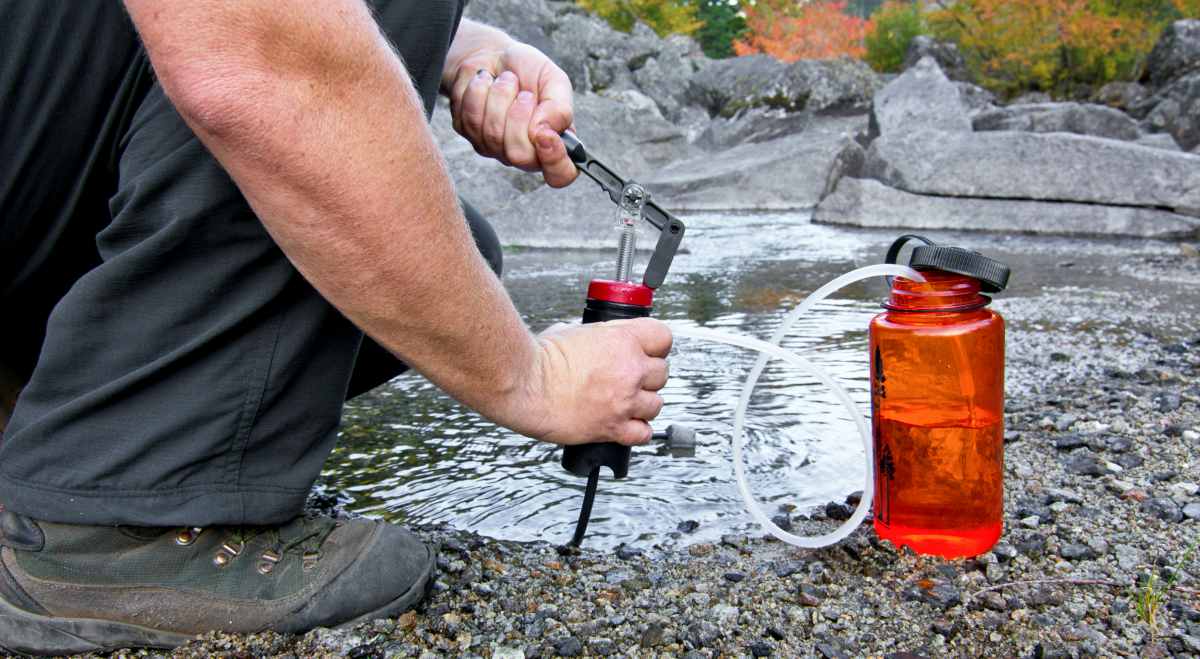
The use of water filters to make raw water drinkable is another solution to the water for survival dilemma.
The nice thing about a filtration system is that it will not only supplement your stored water. It will instead provide you with great tasting, chemical-free drinking water for day to day.
I personally have a Royal Berkey and to tell the truth, wonder what took me so long to discover this alternative to purchased water in bottles and a countertop Brita.
This is not to say that I don’t have bottled water because I do. After all, if I have to leave my home, it would be tough to drag along a 55-gallon water barrel or a Berkey.
But for day to day drinking as well as long term survival needs, you simply can not beat a quality filtration system.
Portable Water Filters
I have had good luck with the LifeStraw Personal Water Filter. This lightweight and affordable filter are like an oversized straw.
You can use it with a cup or dip it directly into a pond or stream. There are other portable water filtering systems as well.
These are handy to keep in your emergency backpack, your car or your travel kit.
Additional Reading to Collect and Store Water
I have written about various aspects of water for survival purposes. Here are some additional articles for you to peruse as time and interest dictates.
- 30+ Tips for Coping Without Running Water
- The Five Myths of Water Storage
- How to Use Pool Shock to Purify Water
- 8 Reasons to Drink Water for Survival
- 15 Ways to Conserve Water
Thanks to a tip from a Backdoor Survival reader, I learned that you can find pre-used, food grade, 55-gallon plastic drums on Craigslist for about $25 each.
If you decide to check in to this, be sure to confirm that the original contents were food. Clean them well first with vinegar and baking soda to remove odors, and then with a strong bleach for sanitation.
Here in my area, there is a fellow that sells such barrels and will even add a hose bib at the bottom for a nominal cost. I am not 100% sure I would drink from such a barrel but the water inside should be great for bathing, laundry, and housekeeping chores.
Another reader has suggested the use of colloidal silver to get rid of bacteria in water. I have not researched this personally, however.
The Final Word
Whatever your water storage method of choice, I highly recommend that you store at least two weeks of water for every member of your household, including pets.
Please remember that depending on climate conditions, you can only survive for an average of three to five days without the intake of water.
Why take a chance when it is so easy to collect and store water?
Enjoy your next adventure through common sense and thoughtful preparation!
Gaye
This video from Deco Bliss will show you how to collect and store water with this guide on how to install a rainwater harvesting system at home:
No more can be said about the essence of water in our daily living and more so in emergency situations. But you know more about the ways and means to collect and store water now.
So whether it’s trying to save a few bucks from your utility bills, or caught in an emergency where water is limited, you know what to do!
Will you start to collect and store water after this? Or are you deep into it now? Tell us all about it in the comments section below!
Up Next:
- 8 Baking Soda Uses For Your Survival Garden To Try
- 8 Emergency Water Storage Tips For Preppers Like You
- Conquering The Cornerstones: Water – The 2nd Pillar Of Survival
If you’re looking for useful survival gear that you can’t make at home, check out the Survival Life Store!
Follow us on Facebook, Instagram, Twitter, and Pinterest!
***Disclaimer: The contents of this article are for informational purposes only. Please read our full disclaimer.***
Editor’s Note: This post was originally published on February 29, 2016, and has been updated for quality and relevancy.
-

 Do It Yourself7 months ago
Do It Yourself7 months agoParacord Projects | 36 Cool Paracord Ideas For Your Paracord Survival Projects
-

 Do It Yourself9 months ago
Do It Yourself9 months agoHow To Make Paracord Survival Bracelets | DIY Survival Prepping
-

 Do It Yourself9 months ago
Do It Yourself9 months ago21 Home Remedies For Toothache Pain Relief
-

 Do It Yourself10 months ago
Do It Yourself10 months agoSurvival DIY: How To Melt Aluminum Cans For Casting
-

 Exports8 months ago
Exports8 months agoAre Switchblades Legal? Knife Laws By State



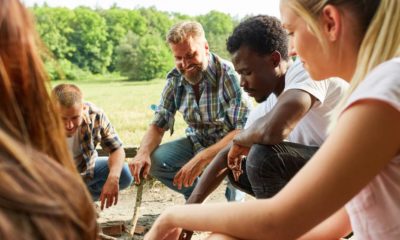




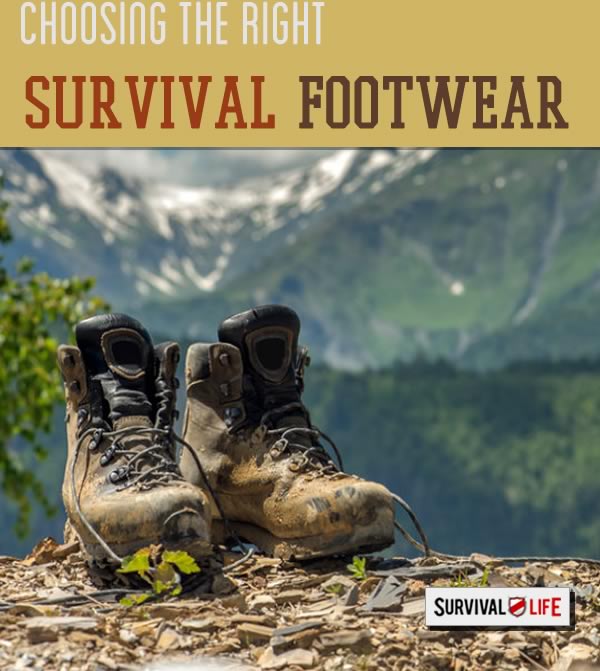

cmac
February 12, 2015 at 12:08 PM
Where I live you can get the barrels and also get 300 gallon food grade tanks. The tanks normally are approximately square and come on a pallet with a frame around them for strength. I have several I use to collect rainwater for my garden but they could be used to store drinking water with proper cleaning. If you live near a Tyson or Con Agra food plant you should be able to find the tanks. Although I am sure they have gone up just like everything else the last tank I purchased cost me $65.00. I just priced the barrels recently and they are going for about $16 locally.
Pingback: Drought Survival: How to Survive Natural Disasters
Pingback: Emergency Water Part 4: Resources | Survival Life | Blog
Pingback: Emergency Water for Preppers: Part 2 | Survival Life | Blog
Pingback: The Truth About Dehydration | Survival Life
Pingback: Drinking Water for Survival | 8 Reasons Why It's Important
Pingback: 10 Must-Have Items For Your Airport Go-Bag | For The Prepared Traveler
Pingback: Survivalism Meets Homesteading: The To-Do List – Homestead Survivalism
Pingback: Survivalism Meets Homesteading: The To-Do List | Survival Life
Pingback: Things You Need to Live Off the Grid | Survival Life
Pingback: 9 Things You Need to Live Off the Grid - Survive!
Pingback: How To Make Your Own DIY Water Filtration System | Survival Life
Pingback: DIY 5 Gallon Water Filter - Survive!
Pingback: Top 13 Survival Skills| Survival Life
Pingback: 8 Emergency Water Storage Tips For Preppers Like You | Survival Life
Pingback: Conquering the Cornerstones: Water - the 2nd Pillar of Survival
Pingback: 8 Emergency Water Storage Tips For Preppers Like You | Primitive technology
Pingback: Conquering The Cornerstones: Water – The 2nd Pillar Of Survival - Survive!
Pingback: 9 Things You Need To Live Off The Grid | Primitive technology
Pingback: Stay Hydrated | How To Stay Hydrated While Hiking [ Video] | Survival Life
Pingback: How To Stay Hydrated While Hiking [Video] | Primitive technology
Pingback: How To Stay Hydrated While Hiking [Video] – Ultimate Survival Alerts
Pingback: How To Build A DIY Salt Water Distiller | Survival Life
Pingback: 25 Ways To Get Clean Drinking Water In An Emergency | Best Go Bag
Pingback: Ways To Get Clean Drinking Water In An Emergency – surviveurself
Pingback: 25 Ways To Get Clean Drinking Water In An Emergency – SurvivalHood
Pingback: Ways To Get Clean Drinking Water In An Emergency – The Self-Sufficient Life
Pingback: 4 Keys to Finding Water and Making It Safe to Drink [PODCAST] – The Self-Sufficient Life
Pingback: 4 Keys to Finding Water and Making It Safe to Drink [PODCAST] – SurvivalHood
Pingback: 4 Keys to Finding Water and Making It Safe to Drink [PODCAST] - Survivalnomics
Pingback: 4 Keys to Finding Water and Making It Safe to Drink [PODCAST] – Alive After USA Fall
Pingback: 4 Keys to Finding Water and Making It Safe to Drink [PODCAST] - Cooking in Quarantine
Pingback: 4 Keys to Finding Water and Making It Safe to Drink [PODCAST] – surviveurself
Pingback: 4 Keys to Finding Water and Making It Safe to Drink [PODCAST] | Best Go Bag
Pingback: How To Make Colloidal Silver In 4 Easy Steps - Survivalnomics
Pingback: How To Make Colloidal Silver In 4 Easy Steps – The Self-Sufficient Life
Pingback: How To Make Colloidal Silver In 4 Easy Steps – Bulletproof Survivors
Pingback: How To Make Colloidal Silver In 4 Easy Steps – Alive After USA Fall
Pingback: Το Survivalism Meets Homesteading: The To-Do List - Ιστολόγιο